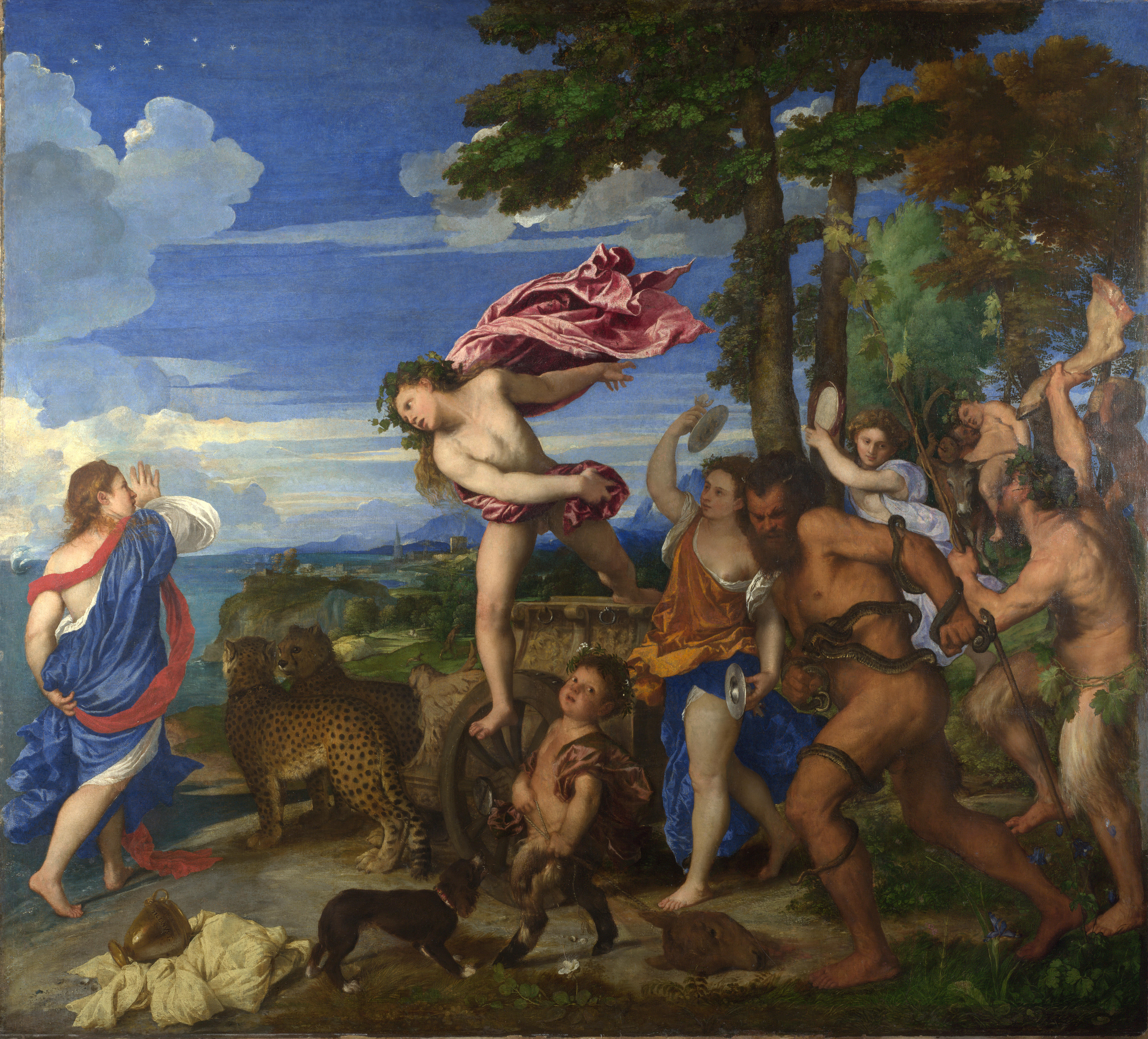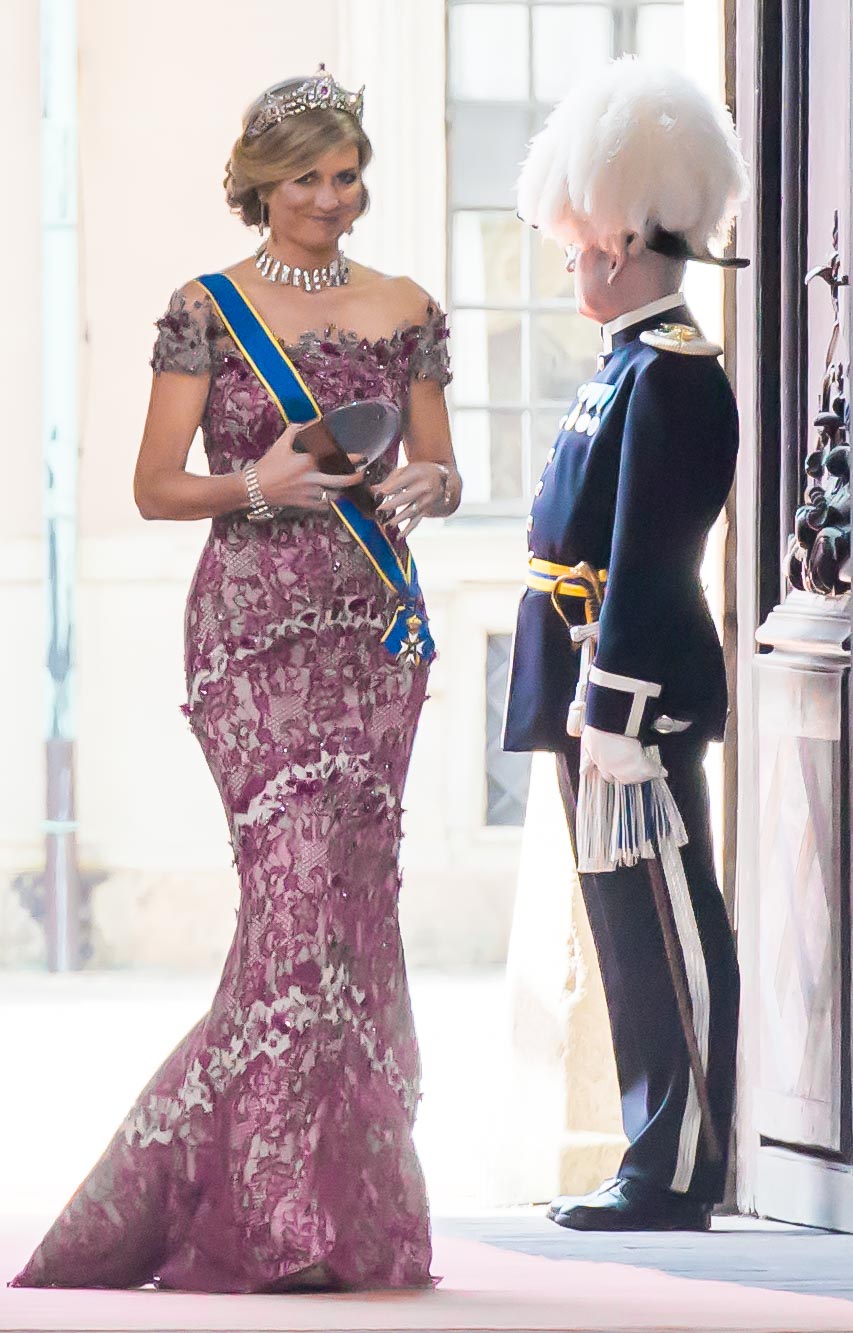|
The Epiphany (Bosch)
The ''Adoration of the Magi'' or ''The Epiphany'' is a triptych oil painting on wood panel by the Netherlandish artist Hieronymus Bosch, executed around 1485–1500. It is now in the Museo del Prado in Madrid, Spain. History In about 1494, Peeter Scheyfve (-1507) and Agnes de Gramme (?-about 1497) commissioned this altarpiece. They were wealthy burghers in Antwerp. The painting was in the El Escorial monastery, and was mentioned in 1605 as an "Epiphany without any extravaganza" by Fra Jose de Siguenza, and its being unlike Bosch's other work there. It has been at the Prado since 1839. The latest dendrochronological investigation (2016) has determined that the panels were produced after 1472 and most probably after 1474. Description Shutters When closed, the triptych shutters showed externally a grisaille painting, depicting the ''Mass of Saint Gregory'' in a single scene: it features Gregory the Great kneeling at an altar in front of Christ. The latter is surrounded by an arch ... [...More Info...] [...Related Items...] OR: [Wikipedia] [Google] [Baidu] |
Hieronymus Bosch
Hieronymus Bosch (, ; born Jheronimus van Aken ; – 9 August 1516) was a Dutch/Netherlandish painter from Brabant. He is one of the most notable representatives of the Early Netherlandish painting school. His work, generally oil on oak wood, mainly contains fantastic illustrations of religious concepts and narratives. Within his lifetime his work was collected in the Netherlands, Austria, and Spain, and widely copied, especially his macabre and nightmarish depictions of hell. Little is known of Bosch's life, though there are some records. He spent most of it in the town of 's-Hertogenbosch, where he was born in his grandfather's house. The roots of his forefathers are in Nijmegen and Aachen (which is visible in his surname: Van Aken). His pessimistic fantastical style cast a wide influence on northern art of the 16th century, with Pieter Bruegel the Elder being his best-known follower. Today, Bosch is seen as a hugely individualistic painter with deep insight into ... [...More Info...] [...Related Items...] OR: [Wikipedia] [Google] [Baidu] |
Adoration Of The Magi (Bosch, New York)
''The Adoration of the Magi'' is an oil painting on wood panel by Netherlandish artist Hieronymus Bosch, executed around 1475. It is housed in the Metropolitan Museum, New York, US. A prominent feature of this painting is the strong perspective effect and also the copious use of gold leaf, which is not very typical for Bosch. The pigments employed are red lake, azurite, lead-tin-yellow and ochres. ColourLex The precise authorship of this panel is and has been disputed, but in 2016 the Bosch Research and Conservation Project attributed it to Bosch based on evidence in the underdrawing. See also * |
Ultramarine
Ultramarine is a deep blue color pigment which was originally made by grinding lapis lazuli into a powder. The name comes from the Latin ''ultramarinus'', literally 'beyond the sea', because the pigment was imported into Europe from mines in Afghanistan by Italian traders during the 14th and 15th centuries. Ultramarine was the finest and most expensive blue used by Renaissance painters. It was often used for the robes of the Virgin Mary and symbolized holiness and humility. It remained an extremely expensive pigment until a synthetic ultramarine was invented in 1826. Structure The pigment consists primarily of a zeolite-based mineral containing small amounts of polysulfides. It occurs in nature as a proximate component of lapis lazuli containing a blue cubic mineral called lazurite. In the Colour Index International, the pigment of ultramarine is identified as P. Blue 29 77007. The major component of lazurite is a complex sulfur-containing sodium-silicate (Na8–10Al6Si6O24 ... [...More Info...] [...Related Items...] OR: [Wikipedia] [Google] [Baidu] |
Azurite
Azurite is a soft, deep-blue copper mineral produced by weathering of copper ore deposits. During the early 19th century, it was also known as chessylite, after the Type locality (geology), type locality at Chessy, Rhône, Chessy-les-Mines near Lyon, France. The mineral, a basic carbonate with the chemical formula Cu3(CO3)2(OH)2, has been known since ancient times, and was mentioned in Pliny the Elder's ''Natural History (Pliny), Natural History'' under the Greek name (κυανός: "deep blue," root of English ''cyan'') and the Latin name ''caeruleum''. Since antiquity, azurite's exceptionally deep and clear blue has been associated with low-humidity desert and winter skies. The modern English name of the mineral reflects this association, since both ''azurite'' and ''Azure (color), azure'' are derived via Arabic language, Arabic from the Persian language, Persian (لاژورد), an area known for its deposits of another deep-blue stone, lapis lazuli ("stone of azure"). Minera ... [...More Info...] [...Related Items...] OR: [Wikipedia] [Google] [Baidu] |
Carmine
Carmine ()also called cochineal (when it is extracted from the cochineal insect), cochineal extract, crimson lake, or carmine lake is a pigment of a bright-red color obtained from the aluminium complex derived from carminic acid. Specific code names for the pigment include natural red 4, C.I. 75470, or E120. ''Carmine'' is also a general term for a particularly deep-red color. Etymology The English word "carmine" is derived from the French word ''carmin'' (12th century), from Medieval Latin ''carminium'', from Persian ''qirmiz'' ("crimson"), which itself derives from Middle Persian ''carmir'' ("red, crimson"). The Persian term ''carmir'' is likely cognate with Sanskrit ''krimiga'' ("insect-produced"), from ''krmi'' ("worm, insect"). The Persian word for "worm, insect" is ''kirm'', and in Iran (Persia) the red colorant carmine was extracted from the bodies of dead female insects such as ''Kermes vermilio'' and cochineal. The form of the term may also have been influen ... [...More Info...] [...Related Items...] OR: [Wikipedia] [Google] [Baidu] |
Vermilion
Vermilion (sometimes vermillion) is a color, color family, and pigment most often made, since ancient history, antiquity until the 19th century, from the powdered mineral cinnabar (a form of mercury sulfide, which is toxic) and its corresponding color. It is very often synonymous with red orange, which often takes a modern form just 11% brighter (at full brightness). Etymology and orthography The word vermilion came from the Old French language, Old French word ''vermeillon'', which was derived from ''vermeil'', from the Latin ''vermiculus'', the diminutive of the Latin word ''vermis'', or worm. The name originated because it had a similar color to the natural red dye made from an insect, ''Kermes vermilio'', which was widely used in Europe. The first recorded use of "vermilion" as a color name in English language, English was in 1289. The term cinnabar was used interchangeably with vermilion until the 17th century, when vermilion became the more common name. Now the term "ci ... [...More Info...] [...Related Items...] OR: [Wikipedia] [Google] [Baidu] |
Lead-tin-yellow
Lead-tin-yellow is a yellow pigment, of historical importance in oil painting, sometimes called the "Yellow of the Old Masters" because of the frequency with which it was used by those famous painters. Nomenclature The name lead-tin yellow is a modern label. During the thirteenth to eighteenth centuries when it was in widest use, it was known by a variety of names. In Italy, it was ''giallorino'' or ''giallolino''. In other countries of Europe, it was massicot, (Spanish), (German), ''general'' (English) or (Portuguese). All of these names were often applied to other yellow pigments as well as lead-tin yellow. Composition Lead-tin-yellow historically occurred in two varieties. The first and more common one, today known as "Type I", was a lead stannate, an oxide of lead and tin with the chemical formula Pb2SnO4. The second, "Type II", was a silicate with the formula .Hermann Kühn, 1967, "Blei-Zinn-Gelb und seine Verwendung in der Malerei", ''Farbe und Lack'' 73: 938-949 ... [...More Info...] [...Related Items...] OR: [Wikipedia] [Google] [Baidu] |
Ochres
Ochre ( ; , ), or ocher in American English, is a natural clay earth pigment, a mixture of ferric oxide and varying amounts of clay and sand. It ranges in colour from yellow to deep orange or brown. It is also the name of the colours produced by this pigment, especially a light brownish-yellow. A variant of ochre containing a large amount of hematite, or dehydrated iron oxide, has a reddish tint known as "red ochre" (or, in some dialects, ruddle). The word ochre also describes clays coloured with iron oxide derived during the extraction of tin and copper. Earth pigments Ochre is a family of earth pigments, which includes yellow ochre, red ochre, purple ochre, sienna, and umber. The major ingredient of all the ochres is iron(III) oxide-hydroxide, known as limonite, which gives them a yellow colour. * Yellow ochre, , is a hydrated iron hydroxide (limonite) also called gold ochre. * Red ochre, , takes its reddish colour from the mineral hematite, which is an anhydrous iro ... [...More Info...] [...Related Items...] OR: [Wikipedia] [Google] [Baidu] |
Pigments
A pigment is a colored material that is completely or nearly insoluble in water. In contrast, dyes are typically soluble, at least at some stage in their use. Generally dyes are often organic compounds whereas pigments are often inorganic compounds. Pigments of prehistoric and historic value include ochre, charcoal, and lapis lazuli. Economic impact In 2006, around 7.4 million tons of inorganic, organic, and special pigments were marketed worldwide. Estimated at around US$14.86 billion in 2018 and will rise at over 4.9% CAGR from 2019 to 2026. The global demand for pigments was roughly US$20.5 billion in 2009. According to an April 2018 report by ''Bloomberg Businessweek'', the estimated value of the pigment industry globally is $30 billion. The value of titanium dioxide – used to enhance the white brightness of many products – was placed at $13.2 billion per year, while the color Ferrari red is valued at $300 million each year. Physical principles Lik ... [...More Info...] [...Related Items...] OR: [Wikipedia] [Google] [Baidu] |
Antichrist
In Christian eschatology, the Antichrist refers to people prophesied by the Bible to oppose Jesus Christ and substitute themselves in Christ's place before the Second Coming. The term Antichrist (including one plural form) 1 John ; . 2 John . is found five times in the New Testament, solely in the First and Second Epistle of John. The Antichrist is announced as the one "who denies the Father and the Son." The similar term ''pseudokhristos'' or "false Christ" is also found in the Gospels. In Matthew (chapter 24) and Mark (chapter 13), Jesus alerts his disciples not to be deceived by the false prophets, who will claim themselves as being Christ, performing "great signs and wonders". Three other images often associated with the singular Antichrist are the "little horn" in Daniel's final vision, the "man of sin" in Paul the Apostle's Second Epistle to the Thessalonians, and the Beast of the Sea in the Book of Revelation. Etymology ''Antichrist'' is translated from the combin ... [...More Info...] [...Related Items...] OR: [Wikipedia] [Google] [Baidu] |
Tiara
A tiara (from la, tiara, from grc, τιάρα) is a jeweled head ornament. Its origins date back to ancient Greece and Rome. In the late 18th century, the tiara came into fashion in Europe as a prestigious piece of jewelry to be worn by women at formal occasions. The basic shape of the modern tiara is a (semi-)circle, usually made of silver, gold or platinum, and richly decorated with precious stones, pearls or cameos. Tiaras were extremely popular during the late 19th century and were worn at events where the dress code was white tie. After World War I, wearing a tiara gradually fell out of fashion, except for official occasions at a royal court. Interest in tiaras has increased again since the beginning of the 21st century. The word "tiara" is often used interchangeably with the word "diadem". Description The basic shape of the modern tiara is a (semi-)circle, usually made of silver, gold or platinum. Tiaras have also been made from tortoiseshell, coral and quartz, and in ... [...More Info...] [...Related Items...] OR: [Wikipedia] [Google] [Baidu] |



_04_ies.jpg)




